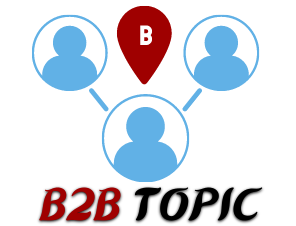When it comes to assets and taxes, one important concept to understand is which assets cannot be depreciated. Depreciation is the process of spreading the cost of an asset over its useful life. This means that a business can write off a portion of the cost of an asset each year, rather than deducting the entire cost in the year the asset was purchased. This helps to match the expense of the asset with the income it generates.
However, not all assets can be depreciated. Some assets, such as land, are considered to have an indefinite useful life and therefore cannot be depreciated. Other assets, such as collectibles, are considered investments rather than income-generating assets and cannot be depreciated.
Land is one of the most common assets that cannot be depreciated. It is considered a non-depreciable asset because it is not subject to wear and tear, and it does not lose value over time. The land is considered to have an indefinite useful life, and therefore, it cannot be depreciated. This is because it is a natural resource and it will not lose its value over time, but in some cases, its value increases over time.
Another asset that cannot be depreciated is collectibles, such as art, stamps, coins, and other valuable items. The IRS considers these items to be investments, and they are not considered to have a useful life that can be depreciated. This is because these assets are not used in the production of income, but they are held for investment purposes, and they appreciate value over time.
Similarly, assets used for personal purposes, such as a vacation home or a boat, cannot be depreciated. These assets are considered to be for personal use and enjoyment and are not used to generate income. This is because the purpose of these assets is not to generate income but rather to provide personal satisfaction, they can’t be depreciated.
Assets that are leased or rented out, such as rental property or equipment, can be depreciated, but only the portion of the asset that is used for rental purposes. For example, if a building is used for both rental and personal purposes, only the portion used for a rental can be depreciated. This is because the portion of the asset that is used for rental purposes will be generating income for the business, and it can be depreciated, but the portion that is used for personal use can’t be depreciated.
Lastly, assets that are acquired through a tax-free exchange or inheritance also cannot be depreciated. The tax code does not allow for these assets to be depreciated as they did not cost the business any money to acquire. This is because the assets were not purchased by the business, they were acquired through other means, and they can’t be depreciated.
Conclusion
While most assets can be depreciated, there are certain exceptions to which assets cannot be depreciated. Land, collectibles, assets used for personal purposes, assets acquired through a tax-free exchange or inheritance, and assets used for both rental and personal purposes are among the non-depreciable assets. However, this should not discourage businesses from investing in these assets as they can still generate income or appreciate in value in other ways.

